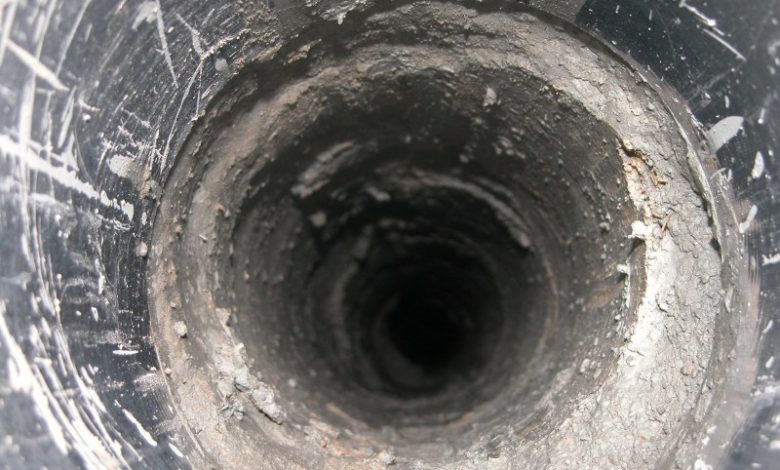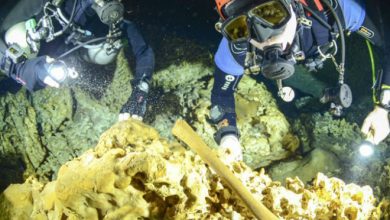
Humans have always wanted to see what lies beneath their feet. Later, when the right tools became available, people immediately began drilling. In the 13th century, using primitive technology and animal power, the Chinese managed to drill a kilometer-long hole, but the idea of penetrating the upper crust of the earth’s crust became a goal only in the 20th century. That’s when the true race for ultra-deep drilling began.

Siljan Ring (Sweden, 6800 m)
In the late 1980s, a well of the same name was drilled in the Siljan Ring crater in Sweden. Scientists hypothesized that it was precisely there that deposits of natural gas of non-biological origin were expected to be found. The drilling results disappointed both investors and scientists. No hydrocarbons were discovered on an industrial scale.

Zistersdorf UT2A (Austria, 8553 m)
In 1977, the Zistersdorf UT1A well was drilled in the Vienna oil and gas basin, which harbored several small oil fields. When undiscovered gas reserves were discovered at a depth of 7,544 meters, the first well unexpectedly collapsed, forcing OMV to drill a second one. However, this time, the drillers failed to find any deep-seated hydrocarbon resources.

Main borehole (ФРГ, 9101 m)
The famous Kola borehole made a lasting impression on the European public. Many countries began developing their own ultradeep well projects, but the Hauptborung borehole, developed from 1990 to 1994 in Germany, deserves special mention. Reaching a depth of only 9 kilometers, it became one of the most famous ultradeep wells thanks to the openness of its drilling data and scientific work.





